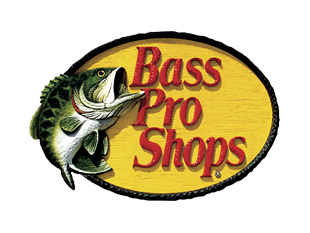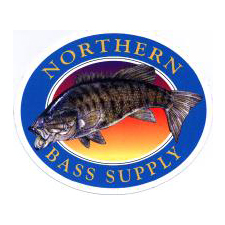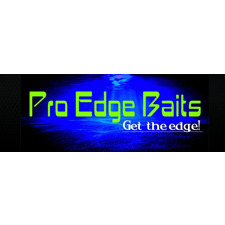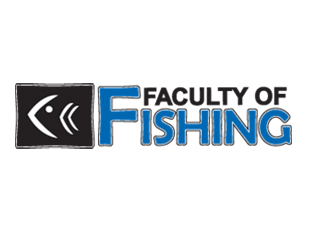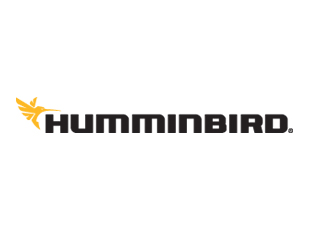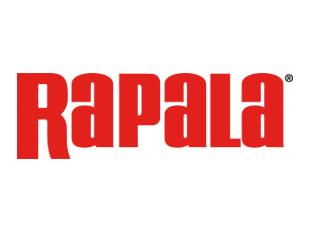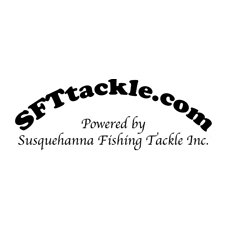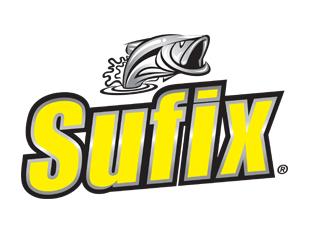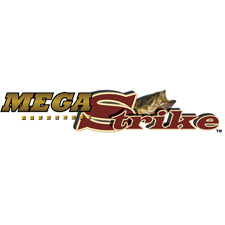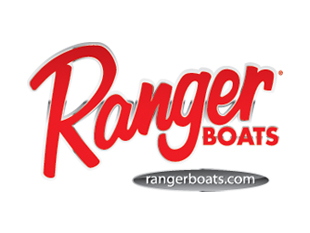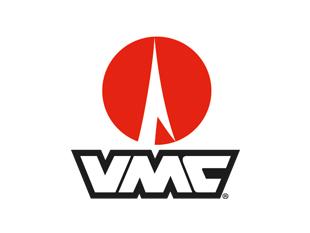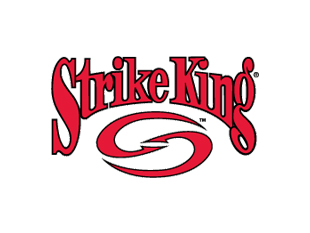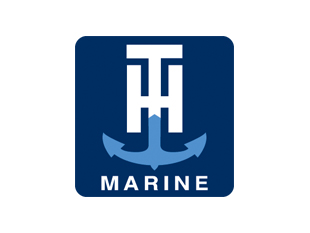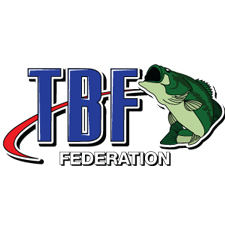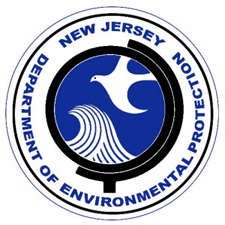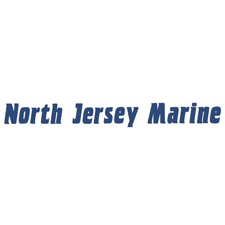As most bass anglers know, the bass fishing revolution took place in 1968 with Ray Scott and his fledgling group the Bass Anglers Sportsman Society. In those early days of bass fishing the bass boat was born with names such as Forrest Woods and Ranger Boats becoming familiar right along with guys like Roland Martin and Bobby Murray. Old words such as structure and cover took on new meanings to include another new terminology, fish habitat. Aerators, Catch and Release and big outboard engines all became the talk of the angling fraternity. Magazines had articles in every issue about anglers falling out of their high powered bass boats when they hit an underwater obstruction or even a wave. These boats would then go into a right hand turn due to engine torque and come back to run down the operator. Wives and girlfriends, moms and dads, all pleaded for a remedy from the fishing community. The answer came in the form of the engine kill switch that every angler was required to have installed on his or her boat so the engine would shut down if the operator were ejected from the cockpit. Mandatory use of Personal Floatation Devices became part of the rule books. Stick steering was replaced by cockpit controls and safety became a term everyone had to get familiar with.
While all this was occurring, groups of bass anglers from all over the country who had previously formed individual clubs ultimately joined BASS as affiliated chapters. Once a state could secure the minimum requirement of six chapters, they could then signup as a federation and a few New Jersey anglers did just that. The organization traces its roots back to 1973 when it affiliated with B.A.S.S. It was formed by Art Plagge the first President, Bill Foster Vice President, Art Hocknell Treasurer and Keith Ferlaine Secretary. The original chapters were Northern New Jersey, KOBA, Spruce Run, South Jersey Bass Busters, Cumberland County Bassmaters and Salt & Pepper Bassmasters. The first meeting was held on November 7, 1973 and the federation began with $300 being deposited into an account. Presidents changed rather frequently after that with some serving only a few months, then giving up their position. Tony Going, the current president, succeeded Randy Tomlin of the Salt & Pepper Bassmaters in 1977 and served until ’84 when Jack Kayati took the rudder. Kayati was in control until 1986 when Bob Phister was elected president. Both of these past presidents are deceased this year. Phister gave it up after a two year stint when the members elected Going back into office and he has been there to this day, 28 years later.
The early meetings were held in Westfield at the Kondak Outfitters, a tackle store located on South Avenue, West. The shop was operated by Dick Kondak who is now affiliated with the Shimano Corporation. The Kondak Outfitters Bass Anglers chapter was born from this store and are known today only by the initials KOBA. As reported by Bill Foster from the Northern New Jersey chapter and Rich Schneidereit , the first tournament was held on Lake Hopatcong on May 4 and 5, 1974 to determine the top six anglers who would attend the National Tournament the following year. The entry fee was $200 per club with 6 clubs involved. Keith Ferlaine of the Spruce Runchapter took top honors in that contest with the remainder of the team being Steve Wisniewski, Art Hocknell, Len Smith Art Plagge and Carl Ford. A dinner was held following the tournament where the team positions were awarded. The total expenses for the first Team Tournament were $1,736.47 including $499 for the banquet and $200 in expenses given to each team member. Table Rock Lake in Missouri was the location of the first National contest New Jersey attended according to Schneidereit.
The tournament was won by Charlie Campbell with 55-15, while a young Woo Daves finished second with 38-5. Steve Wisniewski was the highest NJ finisher with 9-9 pounds. A total of 24 states with six man teams competed in the tournament. The winning state team, which was from Missouri, received $2,500 and a Hydra Sport Bassboat while New Jersey’s Campbell received a Ranger boat/trailer and a berth in the 1974 Bassmasters Classic. New Jersey held the first regular tournament, the NJ Mr. Bass Tournament, on October 5 and 6, 1974 on Lake Hopatcong at Lee’s Marina. The entry fee was $20 and there were 65 entries. The federation made a profit of $1,019.34 on that first tourney since there were only trophies and prizes distributed to the winners. At that time, catch and release was in place but no one had to worry about their take off number since the take offs were still a flare gun start. Even though the boats only did about 35-40 mph top end, it was a scary situation coming out of Lee’s or Lakeland Marine Base at Nolan’s Point with all of these boats (including stick steering) cutting in different directions at the same time. To illustrate how some things have changed, Bill Foster offered a story about a 1975 tournament in which Hocknell won a brand new bassboat. While the brand name eluded Foster’s memory, the fact was that the hull leaked so badly the boat could not be used on the water without filling up. So it was agreed Hocknell won, but really lost.
According to Rich Schneidereit, “New Jersey instituted the first full schedule of ‘points’ tournaments in 1978 under Frank Santagata as Tournament Director with Charlie Rosenberger being crowned as the first NJ Angler of the Year. There were 5 regular one day tournaments and the Mr. Bass two day tournaments on Lake Hopatcong. Three of the tournaments that year were on Hopatcong. Things were a little rocky under Santagata but we finished the year. The tournament schedule, circuit and most of the rules that we know today was developed by Tom Przybysz when he took over as tournament director in 1979 and 1980. His foresight at a very trying time became the standard for present day events. As tournaments became larger with bigger stakes involved the tournament director position became more of a family affair with the husband and wife teams of George and Etta Hutchinson and the current team of Al and Patti Purdy
carrying on the legacy.”
As the interest in bass fishing grew throughout the nation, the state federations were growing in membership numbers. It was a trying time with some meetings consisting of arguments and heated discussions rather than orderly participation. But all good, strong organizations come with a little fire to forge a uniform base for membership. It was not unusual for monthly federation meetings to end at midnight or later and several occasions were marked by two arguing members calling themselves outside to settle the argument forcing others to step in to avoid a fight. These early meetings also served as a “night out” with moderate beer drinking ultimately leading to much of the arguing. This was changed in the 80’s and thereafter meetings were shorter and more hospitable. In 2005, after ESPN purchased B.A.S.S., the Federation moved affiliation from B.A.S.S. to the FLW. This came about in an effort to retain the personal controls the states were losing a little at a time to the changing management opinions within the ESPN Corporation. This major move brought differing opinions to the forefront again and split some state federations in two. The results of these years can be seen today in the Federation of 2008.
While dissenting opinions are still thrown out on the floor at meetings, it now operates like a sleek, well oiled machine. The members have selected a Board of Directors who are dedicated to furthering the organizations goals and work very hard to that end. Communications with the members has always been an important consideration in the operations of the Federation. To that end, this magazine, The Reel to Reel, has been published through the efforts of various editors over the years. It has served as a recap of the entire season’s fishing as well as the functions of the individual chapters who comprise the Federation. Also used as a communication tool before electronic methods took over was a newsletter created by then Treasurer Jim Perry, and later named The FISHING LINE. This monthly publication served the members with meeting minutes and other tournament information for many years until the need became evident that a faster means was needed. Therefore, the Website njbassfed.org was created by Mark Scocco.
While the site languished for a few years, it has turned out to be a source for instant information and updates to the membership scattered throughout the state. In the past, tournament operation has always been a sore subject, but through trial and some errors, the Federation has made it beyond those issues. Contests now flow smoothly and efficiently from registration to conclusion thanks to a dedicated Tournament Director, Al Purdy, and his staff. Digital scales with a large readout panel came into use recently. In recent years, the tournament schedule has been announced earlier than in the past, allowing members the opportunity to readily schedule time off from work. Tournament results are now posted immediately following the contest so members may closely follow their positions on the tally board. All these have come about as a result of membership participation in the functional operation of the Federation. Every voice is heard.
As a side note, in reviewing the stats from some old to present day tournaments, one fact shines through very clearly. In the Year to Date listings, the total weight for the year is shown for each angler. In the past, the total weight was consistently in the 35 to 40 pound range with a few exceptions. However, in the last four years alone, the numbers show an increase in weight from the 49 to 60 pound marks. Now the question begging to be asked is, are the anglers getting better, or is the fishing? As an overview of the Federation, it is apparent the organization has experienced the normal growing pains every group goes through, but from those experiences, it has come to be the leader in bass fishing organizations in the state. While other tournament trails have come and gone over the years, the New Jersey Bass Federation has kept it together and answered the call where change has become necessary. This results in a fluid organization, bending with the times and the wishes of its members. In the next few pages you will see some of the high spots the Federation has experienced throughout its existence. Old photos may bring back some memories of fellow anglers not with us anymore but some will bring a smile to your face with pleasant



